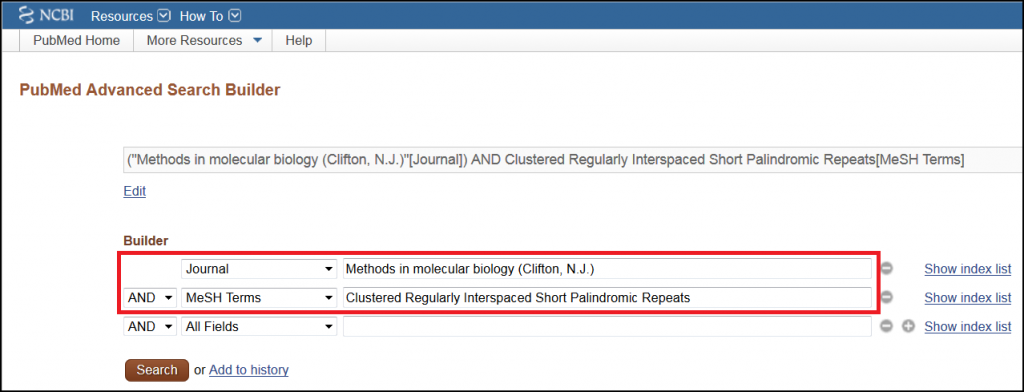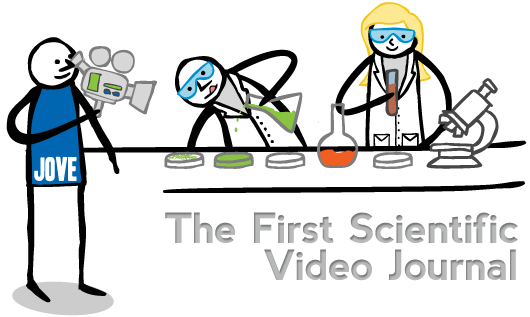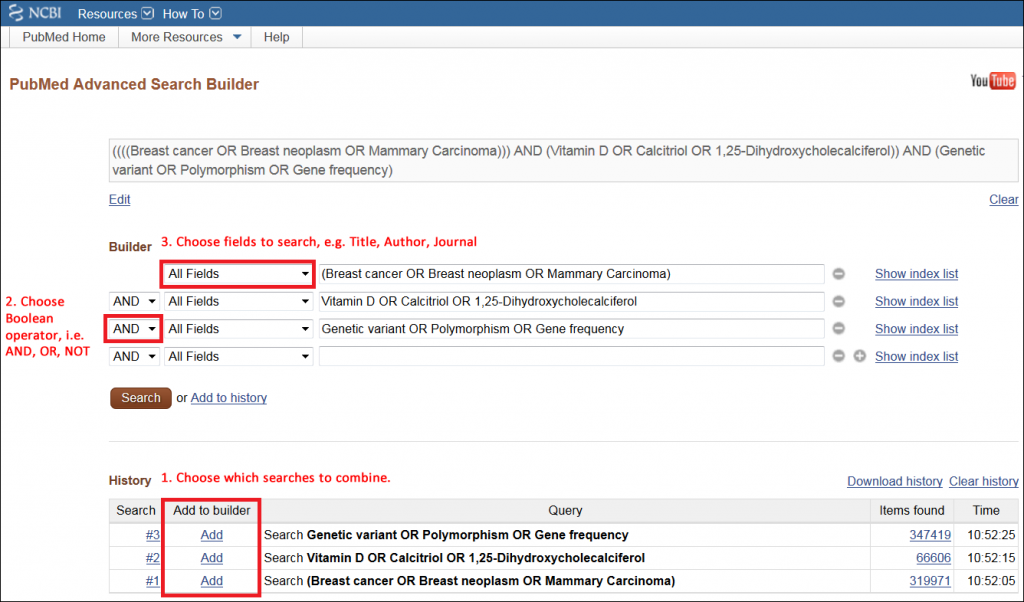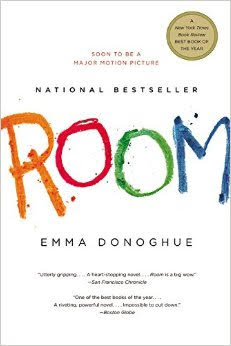 In December, I mentioned Journal of Visualized Experiments (JoVE), a journal that publishes experimental techniques in video format. In addition to JoVE, there are several resources for techniques, protocols and methods:
In December, I mentioned Journal of Visualized Experiments (JoVE), a journal that publishes experimental techniques in video format. In addition to JoVE, there are several resources for techniques, protocols and methods:
- Bio-Protocol: Open-access, peer-reviewed e-journal established by a group of Stanford researchers. Publishes detailed biomedical protocols for cancer biology, immunology, molecular biology, neuroscience and more. Freely available at: http://www.bio-protocol.org/.
- Cold Spring Harbor Protocols: Publishes both well-established and cutting-edge research methods in cell, developmental and molecular biology, genetics, protein science, immunology, etc. Available online through Tufts Libraries: https://library.tufts.edu:443/record=b2164037~S1.
- Current Protocols: Peer-reviewed, regularly updated laboratory protocols for cell biology, human genetics, immunology, molecular biology, etc. Available online through Tufts Libraries: http://www.library.tufts.edu/ezproxy/ezproxy.asp?LOCATION=WBCurPro.
- Journal of Visualized Experiments (JoVE): Available online through Tufts Libraries: https://library.tufts.edu:443/record=b2178505~S10
- Methods: Journal that focuses on developing techniques in the biomedical sciences. Each topical issue is comprised of invited articles by specialist authors. Available online through Tufts Libraries: https://library.tufts.edu:443/record=b2180868~S10.
- Nature Methods: Publishes novel methods, and significant improvements to established techniques, in life sciences and chemistry research. Available online through Tufts Libraries: https://library.tufts.edu:443/record=b1694504~S10.
- Nature Protocols: Publishes laboratory protocols, providing step-by-step descriptions of procedures. Available online through Tufts Libraries: https://library.tufts.edu:443/record=b2182128~S10.
- Protocol Exchange: Open repository for the deposition and sharing of protocols, from Nature Protocols. Protocols are not peer-reviewed or edited, but free to use or comment upon. Freely available at: http://www.nature.com/protocolexchange/.
- Springer Protocols: Collection of step-by-step protocols and methods published in the Methods in… book series and other laboratory handbooks. Available online through Tufts Libraries: https://www.library.tufts.edu/ezproxy/ezproxy.asp?LOCATION=http://www.springerlink.com/protocols/.













